Loading hazardous materials (hazmat) containers on trailers demands meticulous attention to detail, stringent adherence to safety regulations, and a comprehensive understanding of the specific requirements tied to hazmat cargo. In this detailed guide, we will delve into the complex elements involved in loading hazmat containers efficiently and safely. Each section provides critical insights, practical tips, and best practices to ensure that operations run smoothly and comply with legal standards.
Understanding Hazmat Regulations
Federal Regulations: The Framework
In the United States, the Department of Transportation (DOT) regulates the transportation of hazardous materials through various guidelines. Key regulations include:
- 49 CFR Parts 171-180: Outlines general requirements for transporting hazardous materials.
- EPA Regulations: Mandate specific handling procedures for hazardous waste.
Efforts to comply with these regulations are crucial for both safety and legal adherence.
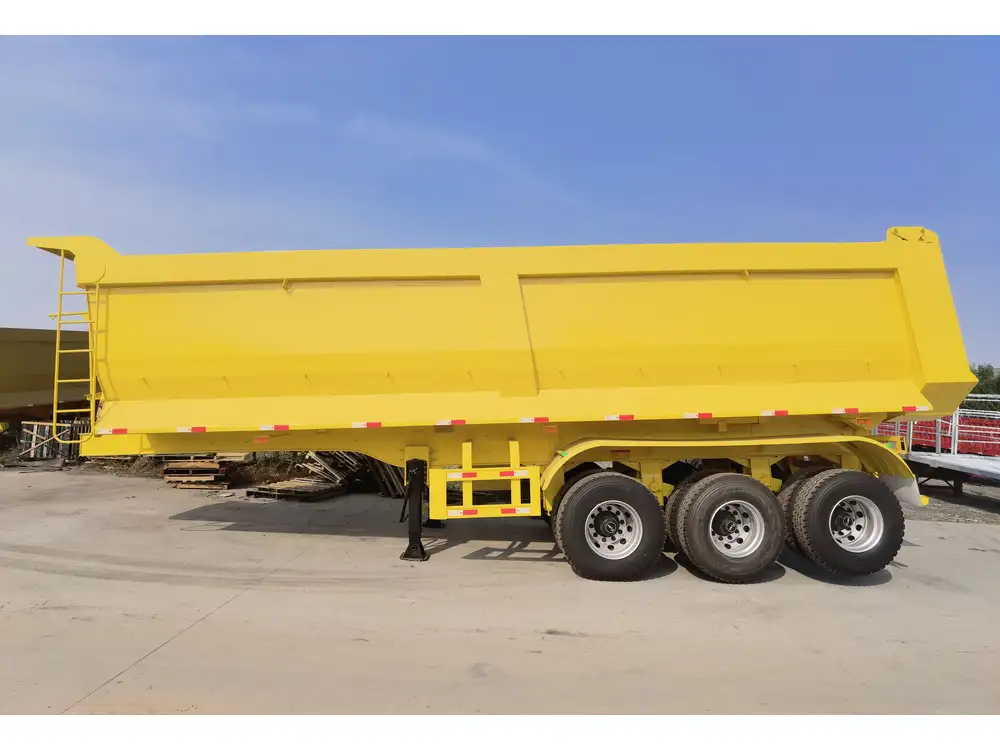
Classification of Hazmat Materials
Hazardous materials are classified into nine distinct categories based on their physical and chemical properties. Each classification carries unique handling and transportation requirements. Below is a brief overview of the classifications:
| Class Number | Material Type | Examples |
|---|---|---|
| 1 | Explosives | Fireworks, ammunition |
| 2 | Gases | Propane, chlorine |
| 3 | Flammable Liquids | Gasoline, ethanol |
| 4 | Flammable Solids | Magnesium, sulfur |
| 5 | Oxidizers and Peroxides | Ammonium nitrate, benzoyl peroxide |
| 6 | Toxic & Infectious | Pesticides, medical waste |
| 7 | Radioactive materials | Uranium, plutonium |
| 8 | Corrosives | Sulfuric acid, hydrochloric acid |
| 9 | Miscellaneous Hazardous | Batteries, dry ice |
Understanding these classifications is vital for ensuring proper labeling, packaging, and loading procedures.
Preparing for the Loading Process
Pre-Loading Checklist
Before commencing the loading process, ensure the following steps are completed:
- Training: Ensure all personnel involved in loading operations have received hazmat handling training and are familiar with the regulatory requirements.
- Personal Protective Equipment (PPE): Use appropriate PPE, which may include gloves, goggles, and protective clothing.
- Inspection of Equipment: Examine trailers, containers, and any ancillary equipment to ensure they are free from damage and suitable for transporting hazmat.
- Documentation: Verify all necessary paperwork, including shipping papers, manifests, and emergency response information, are prepared and accessible.
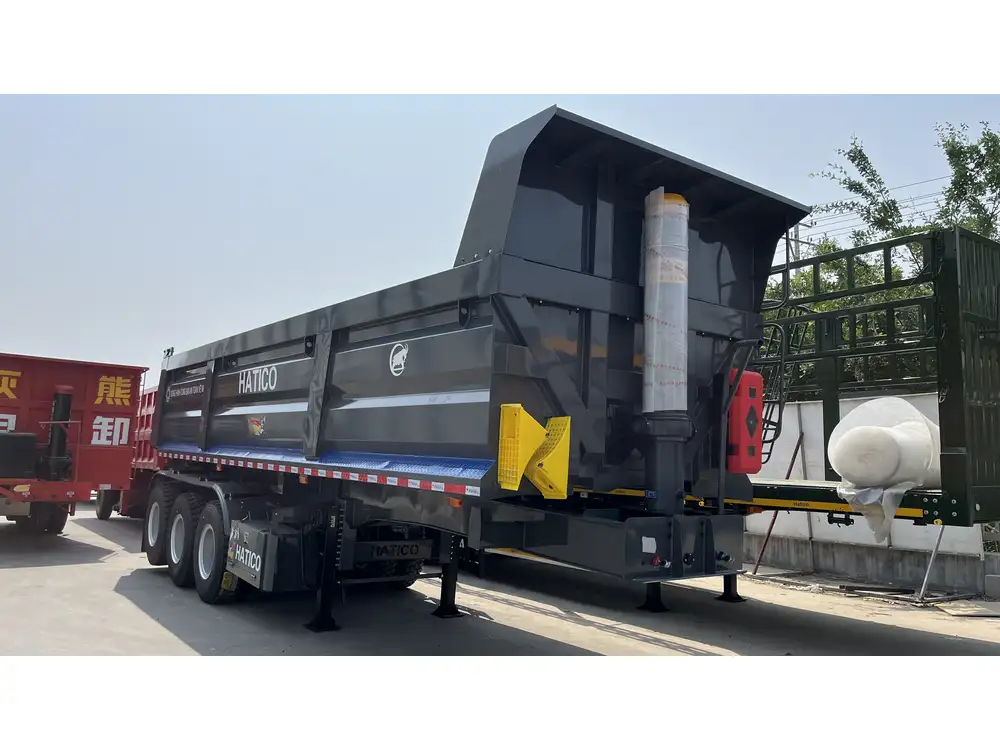
Selecting the Appropriate Trailer
Choosing the right trailer can make a significant difference in the safe transport of hazmat materials. Consider the following types of trailers:
| Trailer Type | Key Features | Best Uses |
|---|---|---|
| Flatbed | Open design, versatile | Transporting heavy, large, or irregular-shaped hazmat containers |
| Enclosed Trailer | Contains walls and roof, secured environment | Protection from environmental factors, suitable for sensitive materials |
| Tanker Trailer | Designed for liquid transport | Ideal for transporting flammable or corrosive liquids |
| Reefer Trailer | Temperature-controlled environment | Required for transporting perishable hazardous goods |
Each trailer type has its unique advantages and can significantly streamline the loading process.
The Loading Process
Step 1: Safely Positioning the Trailer
To facilitate loading, position the trailer on flat, sturdy ground. Ensure that the area is free of hazards, and access routes are unobstructed. Engage the trailer’s brakes to prevent movement during loading.
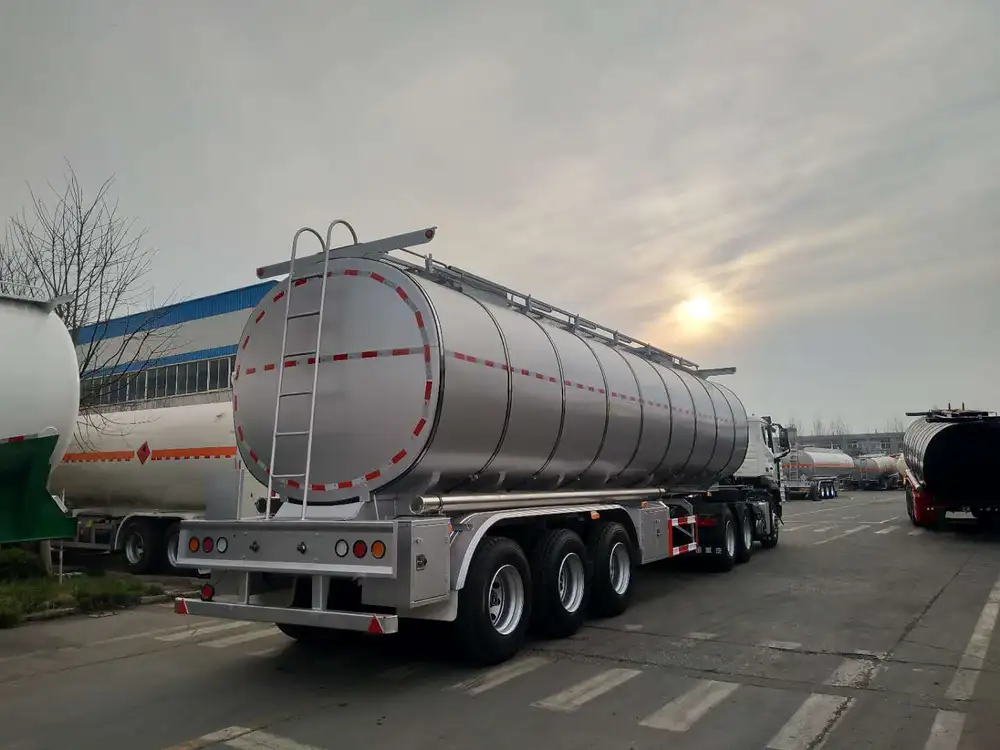
Step 2: Use of Proper Loading Equipment
Utilize suitable loading equipment such as fork trucks, pallet jacks, or cranes depending on the weight and form of the hazmat container. Here’s a breakdown of equipment requirements:
| Equipment Type | Weight Capacity | Best For |
|---|---|---|
| Forklift | Varies (up to 50,000 lbs) | Heavy, palletized cargo |
| Pallet Jack | Up to 5,500 lbs | Lighter packages on pallets |
| Crane | Varies widely | Lifting very heavy or awkwardly shaped loads |
Step 3: Loading Sequence
Follow a systematic loading sequence that adheres to weight distribution guidelines and maintains trailer stability. An effective sequence may involve the following steps:
- Begin with Larger Containers: Load heavier and larger hazmat containers first near the trailer’s front to ensure proper weight distribution.
- Stack Smaller Containers: Place smaller containers on top of larger ones only if they are compatible according to classification and DOT guidelines.
- Secure Loads First: Use straps, chains, or nets to secure loads effectively to prevent shifting during transit.
Step 4: Inspection after Loading
After loading, conduct a thorough inspection, ensuring that:
- All containers are securely fastened and stable.
- The loading area remains free of spills or debris.
- Hazardous labels and placards are visible and correctly positioned.
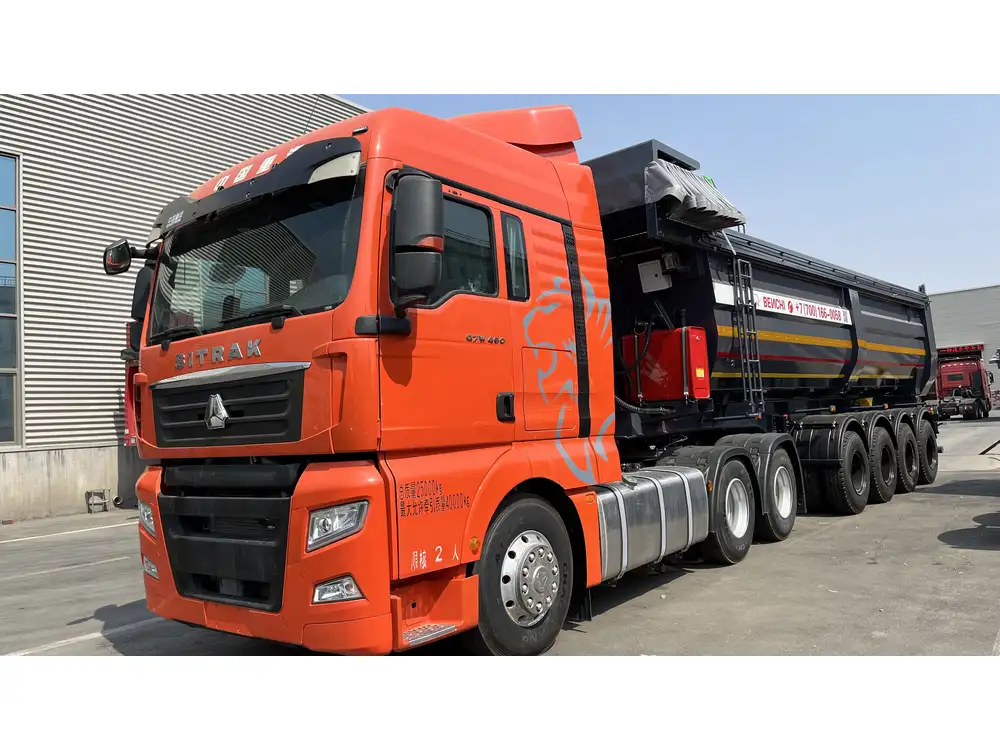
Post-Loading Considerations
Documentation Verification
Verify that all necessary shipping documents are completed accurately, including:
- Bill of Lading: Specifies the items being transported.
- Material Safety Data Sheets (MSDS): Provides information about the hazardous materials.
- Emergency Response Information: Details the procedures to follow in case of an incident.
Vehicle Preparation
Inspect the vehicle and trailer for any signs of wear or damage. Make sure that:
- The vehicle is compliant with state and federal hazmat transport regulations.
- Required safety equipment, such as fire extinguishers and spill kits, is on board.
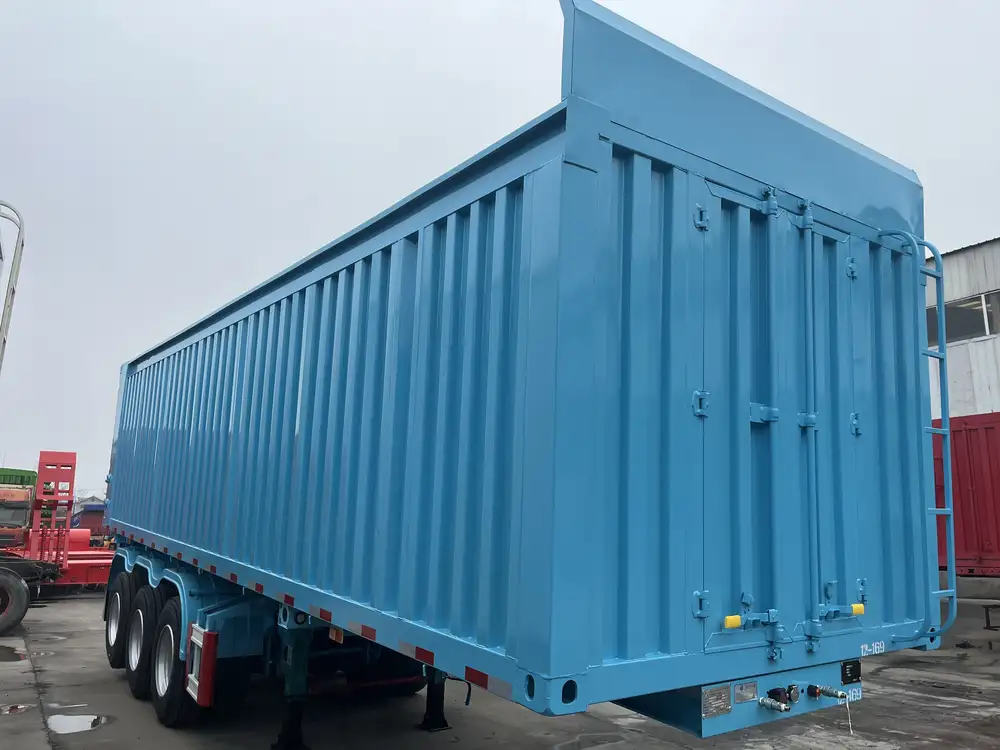
Safety Tips for Loading Hazmat Containers
- Always Have a Spill Kit Ready: Accidents happen; having spill kits on hand is crucial for immediate response.
- Communicate Clearly: Ensure that all team members are aware of their roles and can communicate effectively during loading.
- Limit Access: Keep unauthorized personnel away from the loading area.
- Regular Safety Drills: Conduct regular training and drills to prepare staff for emergencies involving hazardous materials.
Common Challenges and Solutions
Challenge 1: Weight Distribution Issues
Solution: Implementing a robust loading plan that examines weight distribution before loading can prevent top-heavy loads and enhance trailer stability.
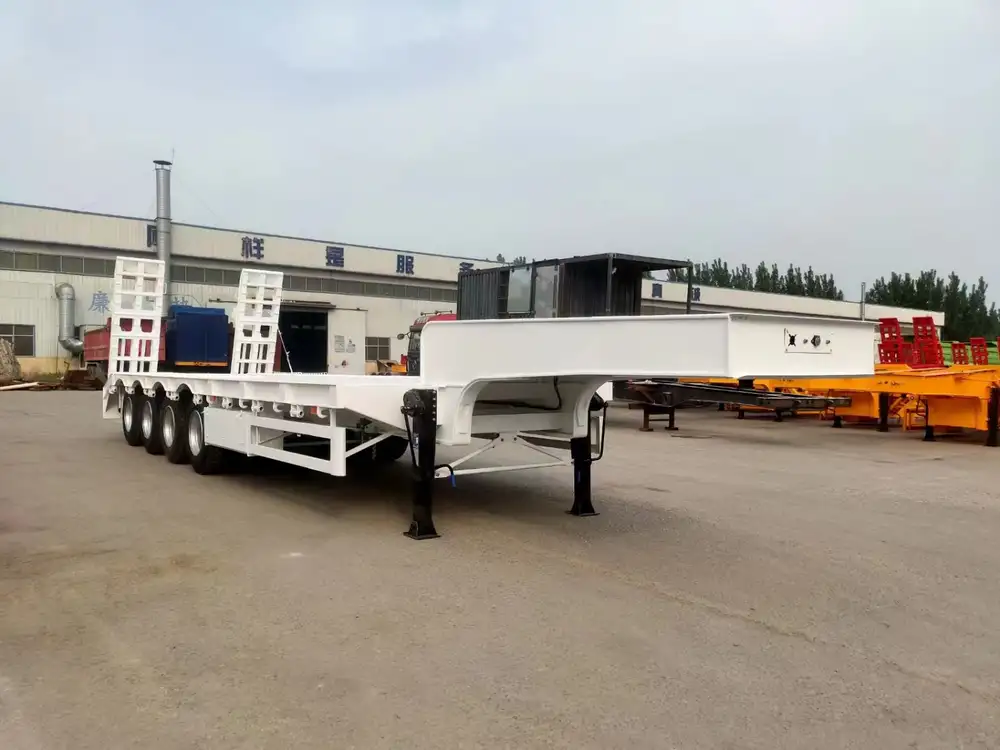
Challenge 2: Incomplete Documentation
Solution: Utilize a documented checklist of required shipping documents to ensure everything is accounted for before departure.
Challenge 3: Accidental Spillage
Solution: Invest in high-quality containers designed to withstand external pressures, and practice emergency response strategies regularly.
Trends in the Hazmat Transportation Industry
As regulations continue to evolve, the transportation of hazardous materials is likely to undergo significant changes. Here’s what to look for:
- Innovation in Technology: An increase in technology adoption, including tracking systems that utilize GPS for real-time monitoring of hazmat loads.
- Green Initiatives: The push towards environmentally friendly practices is likely to reshape how hazardous materials are transported, including greener packaging and fuel choices.
- Enhanced Safety Protocols: Growing awareness regarding hazardous materials will push for stricter compliance and safety measures.

Conclusion
Loading a hazmat container on a trailer is a critical operation that involves understanding regulations, meticulous planning, and implementing stringent safety measures. By adhering to the best practices detailed in this guide, manufacturers and transporters can ensure not only legal compliance but also the safety of their personnel and the environment.
In summary, effective loading procedures can mitigate potential risks associated with hazmat transportation, thus promoting a safer and more efficient operational environment. By committing to diligent practices and staying informed about industry trends, stakeholders can navigate the complexities of hazmat transportation with confidence.



